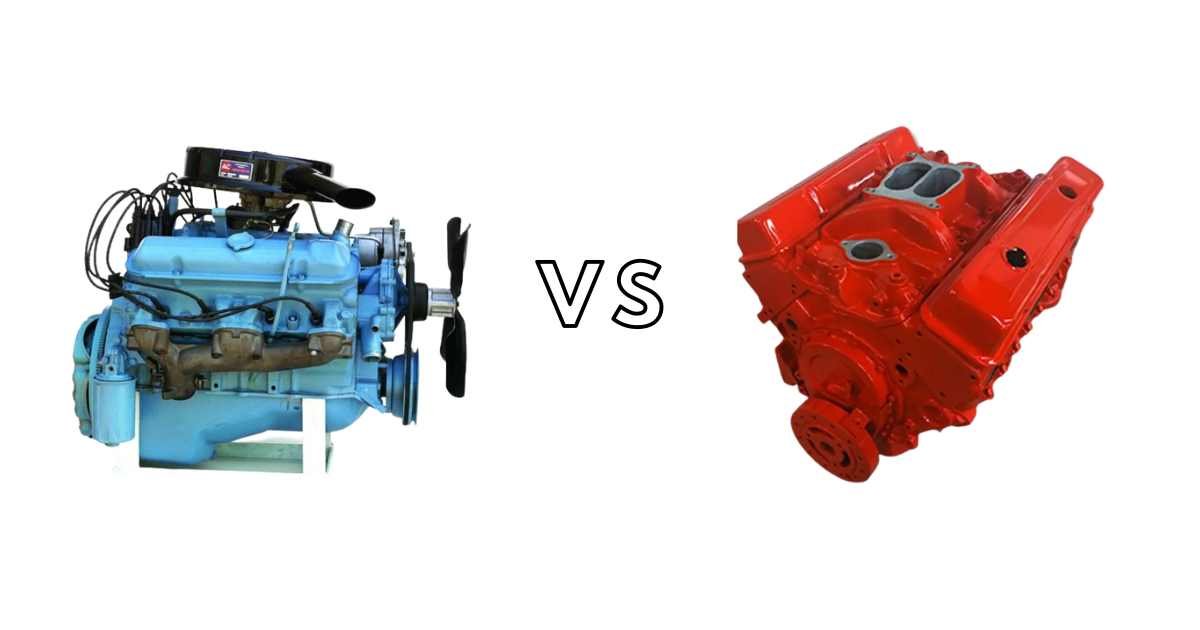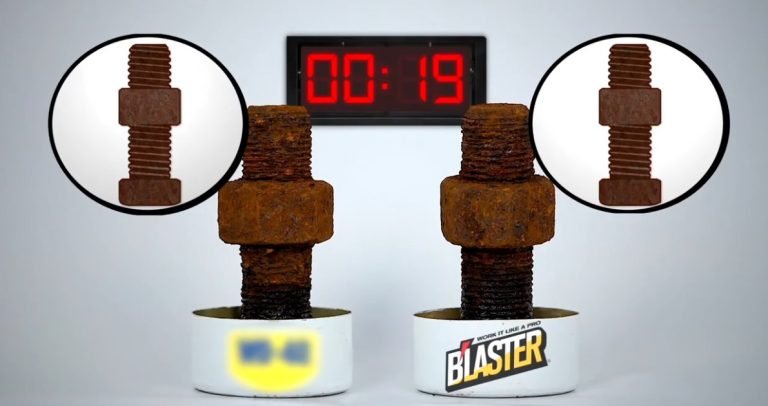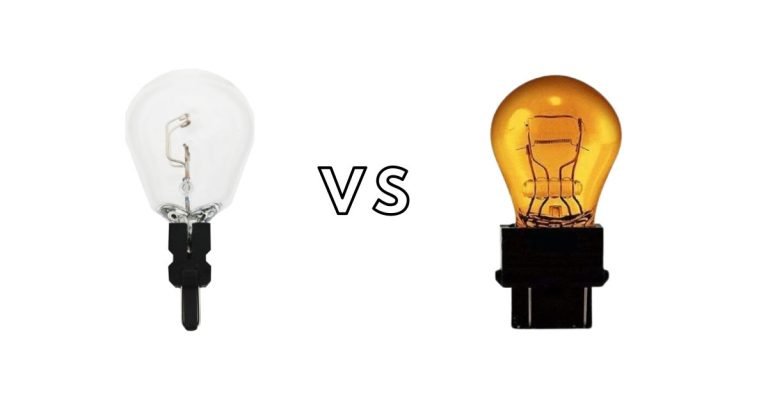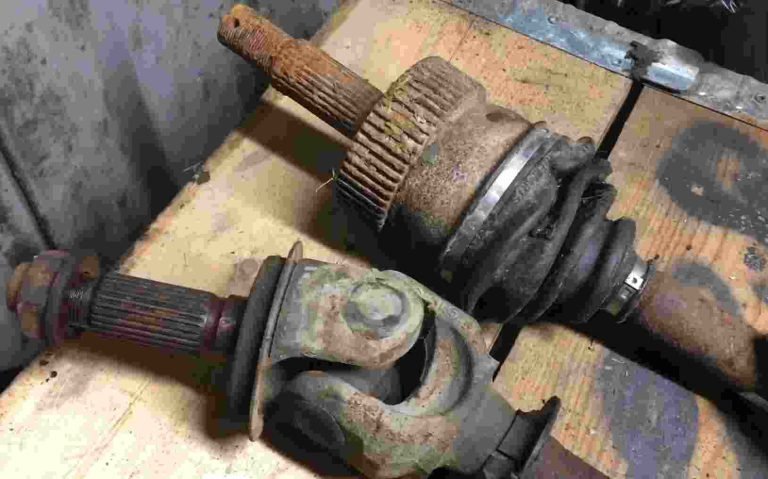Pontiac 326 Vs Chevy 327: What Are Their Differences
The Pontiac 326 and Chevy 327 are popular American small V8 engines built in the late 1960s through the mid-1980s. Both engines have some features that distinguish them.
So, Pontiac 326 vs Chevy 327, what are their differences? The Pontiac has a peak hp output of 285, while the Chevy 327 peak hp output is 375. Also, the Pontiac’s engine weighs 480 pounds while Chevy’s weighs 550 pounds.
In this piece, we’ll look at the differences between both engines and other features found in them. Continue reading!
Pontiac 326 vs Chevy 327 Comparison
The Pontiac 326 was part of the Pontiac Tempest line of cars. It was designed to be a more compact and efficient engine than its predecessor, the 389. The engine had a unique combustion chamber that enhanced better fuel combustion and reduced emissions.
The Chevy 327, on the other hand, was known for its durability and reliability. It was used in a variety of different vehicles, including the Corvette, Camaro, and Chevelle.
A Comparison Table of Pontiac 326 Vs Chevy 327
A Synopsis of the features of the Pontiac 326 and chevy 327 is in the table below:
| s/n | Features | Pontiac 326 | Chevy 327 |
| 1 | Production Years | 1963-1967 | 1962-1969 |
| 2 | Displacement | 326 cubic inches | 327 cubic inches |
| 3 | Bore x Stroke | 3.781 x 3.750 in | 4.00 x 3.25 in |
| 4 | Compression Ratio | 8.6:1 – 10.5:1 | 8.75:1 – 11.0:1 |
| 5 | Horsepower | 250 – 285 hp | 210 – 375 hp |
| 6 | Torque | 333 – 359 ft-lb | 327 – 350 lb-ft |
| 7 | Weight | ~ 480 pounds | ~550 pounds |
| 8 | Intake Manifold | Dual-plane | Dual-plane or single-plane |
| 9 | Cylinder Head | Large valve, high-flow “670” | “camel hump” |
| 10 | Applications | Pontiac cars | Chevrolet cars |
What Is The Difference Between Pontiac 326 And Chevy 327 Engines?
Despite both being produced by GM, the Pontiac 326 and Chevy 327 have distinct differences. Continue reading to discover what sets them apart.

Production Years
The Pontiac 326 was produced by General Motors from 1963 to 1967. Whereas the Chevy 327 was in production from 1962-1969, giving it a longer track record.
Engine Design
- The Pontiac 326 engine had a “quench” area between the cylinder head and the piston that aids better fuel combustion and reduces emissions.
- Also, the Pontiac engine was distinguished by its “rope” rear main seal. This design was used to prevent oil leaks, a common problem in engines. The rope seal was made of braided fibers that were soaked in oil, creating a tight seal between the engine block and the crankshaft.
- The Chevy 327 engine had a compact design that allowed it to fit into various vehicles, from sports cars to muscle cars to pickup trucks.
- The chevy engine featured a cast iron block and cylinder head.
- It had a high-lift camshaft, large valves, and an aluminum intake manifold, all of which contributed to its high performance.
- Another feature of the 327 was its “double-hump” cylinder heads, which improved airflow and performance.
- The engine also had a forged steel crankshaft and connecting rods, making it strong and long-lasting.
Torque
Toque determines how much force an engine can exert to move a vehicle forward.
- Pontiac 326 had a peak torque output of 355 lb-ft at 2800 RPM.
- While the Chevy 327 had a peak torque output of 350 lb-ft at 3800 RPM.
Bore and Stroke Size
An engine’s bore and stroke size refers to the cylinder’s diameter and the distance that the piston travels inside it, respectively.
- The Pontiac 326 had a bore of 3.781 inches and a stroke of 3.746 inches.
- While the Chevy 327 had a bore of 4.00 inches and a stroke of 3.25 inches.
The larger bore of the Chevy 327 allowed it to draw in more air and fuel, resulting in a higher potential for horsepower output.
Weight
The Pontiac 326 was known for being a little lighter than some car engines, weighing around 480 pounds. In contrast, the Chevy 327 was a bit heavier, weighing around 550 pounds.
Horsepower
Both the Pontiac 326 and Chevy 327 were capable of delivering impressive horsepower figures.
- The Pontiac 326 engine had a peak output of 285 horsepower at 4400 RPM.
- On the other hand, the Chevy 327 engine had a wide range of horsepower outputs depending on the specific configuration, ranging from 210 to 375 hp at 3200 RPM.
Compression Ratio
The compression ratio of an engine is the ratio of the combustion chamber volume with the piston at the bottom of its stroke to the volume at the top. A higher compression ratio can result in greater power and efficiency, but can also require higher octane fuel and more careful tuning.
- The Pontiac 326 had a relatively low compression ratio of 8.6:1, which helped to keep it more affordable and accessible to a wider range of drivers.
- In contrast, the Chevy 327 had a higher compression ratio of 10.5:1.
Thus, the Chevrolet engine has more power and speed because it burns fuel more efficiently than the Pontiac’s engine.
Power and Speed
- The Chevy 327 has a larger displacement than the Pontiac 326, which generally means more power and torque.
- Additionally, the Chevy 327 typically comes equipped with a 4-barrel carburetor. Also, a more performance-oriented intake manifold can help increase power and speed.
- The Chevy 327 was slightly faster, with a 0-60 mph time of around 6.5 seconds and a top speed of 130 mph. This is because the Chevrolet’s engine has a larger bore and shorter stroke than the Pontiac’s, allowing it to rev higher.
- However, the Pontiac 326 has a unique cylinder head design that allows for better airflow and potentially more power.
Efficiency and Innovation
- The Chevy 327 featured advanced technologies such as high-lift camshafts and forged pistons. Also, it had lightweight aluminum cylinder heads, which all contributed to its exceptional performance.
- On the other hand, the Pontiac 326 was not as technologically advanced as the Chevy 327. This engine was known for its torque, which made it great for street driving and cruising. The 326 also had a unique cooling system that used a split-flow design to improve efficiency.
Durability and Reliability
- The chevy 327 was a robust engine that could withstand high speeds and heavy usage. It had a simple design that made it easy to maintain and repair, which contributed to its reputation for reliability.
- The Pontiac 326 was also a durable engine, but it had a different approach to reliability. It had a strong cast-iron block and a reliable bottom end, which made it a favorite among muscle car enthusiasts. But it’s repairs and maintenance could be more time-consuming and expensive.
Performance Comparison Of Pontiac 326 And Chevy 327
In terms of performance, the Chevy engine was known for its high horsepower output, particularly when paired with a four-barrel carburetor. It was also a popular choice for drag racing enthusiasts due to its design and ability to handle high RPMs.

The Pontiac 326 had a 0-60 mph time of around 8.0 seconds and a top speed of 120 mph. Although Pontiac 326 had a slightly smaller displacement and power output, it was still capable of impressive performance.
Pros And Cons Of Pontiac 326 And Chevy 327
Both engines have their unique strengths and weaknesses, so it’s important to weigh the pros and cons before making a decision.
Pontiac 326 Pros
- Smooth and refined performance
- Good fuel efficiency
- Good low-end torque
- Lightweight design than the chevy 327
Pontiac 326 Cons
- Lower horsepower output and torque ratings
- Difficult and expensive to find replacement parts or upgrade the engine
- Less suitable for high-performance applications
- Limited years of availability
Chevy 327 Pros
- High-performance capabilities
- Good power-to-weight ratio
- Affordable to upgrade and modify the engine
- Larger displacement
- Widely available and less expensive to maintain
Chevy 327 Cons
- Less smooth and refined
- Lower fuel efficiency
- Potentially higher purchase price
- Heavier
Which Is Better: Pontiac 326 Or Chevy 327?
In terms of performance, the Chevy 327 had the edge over the Pontiac 326. The 327 had a larger displacement, higher horsepower ratings, and was capable of delivering faster acceleration and higher top speeds.
However, the Pontiac 326 had its unique strengths, such as its smoothness and refined performance.
Ultimately, choosing between the Pontiac 326 and the Chevy 327 will depend on your preferences and priorities. If you value smoothness and refinement, the Pontiac 326 may be the better choice. However, if you’re looking for high-performance and raw power, the Chevy 327 may be the way to go.
FAQs
Below we will respond to frequently asked queries regarding the differences between Pontiac 326 vs Chevy 327.
Q: What is the best Pontiac ever made?
The production of 1969-1970 produced the Ram Air IV, which became the best engine made by Pontiac.
Q: Can you turn a Chevy 327 to 350?
The improved version from 2.3 to 2.45 journal size in 1968 can be upgraded from 327 to 350.
Final Words
In the battle of American muscle, the Pontiac 326 and Chevy 327 engines go head-to-head. Both engines have their strengths and weaknesses, with the Chevy 327 being known for its high-revving power and the Pontiac 326 for its Torquay performance.
For those seeking a reliable and easy-to-modify engine, the Chevy 327 may be the better choice. But if you’re looking for a more unique and powerful option, the Pontiac 326 may be the way to go. Ultimately, the decision between the Pontiac 326 vs Chevy 327 depends on your intended use and personal preferences.







